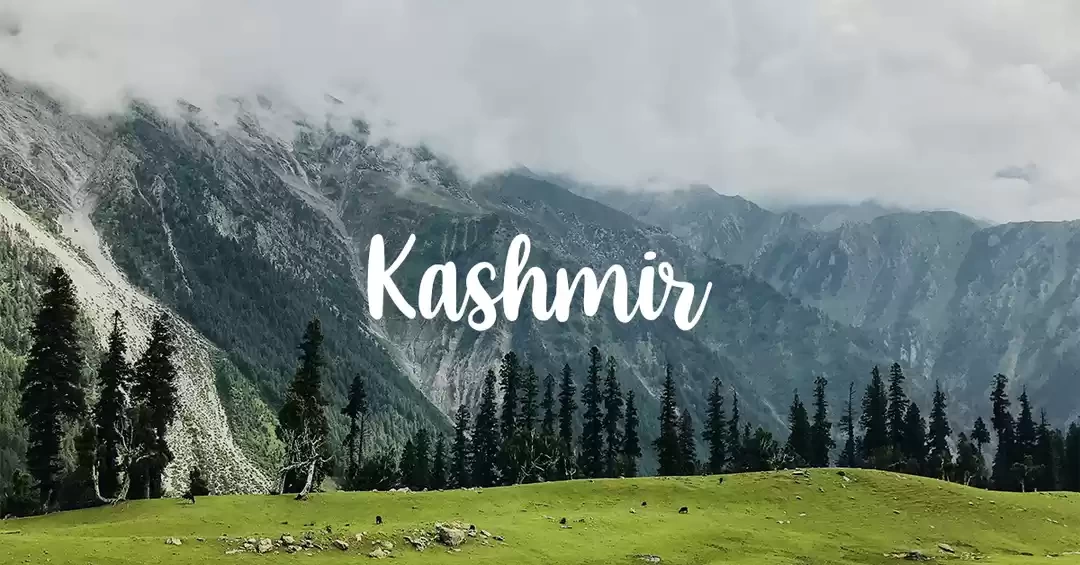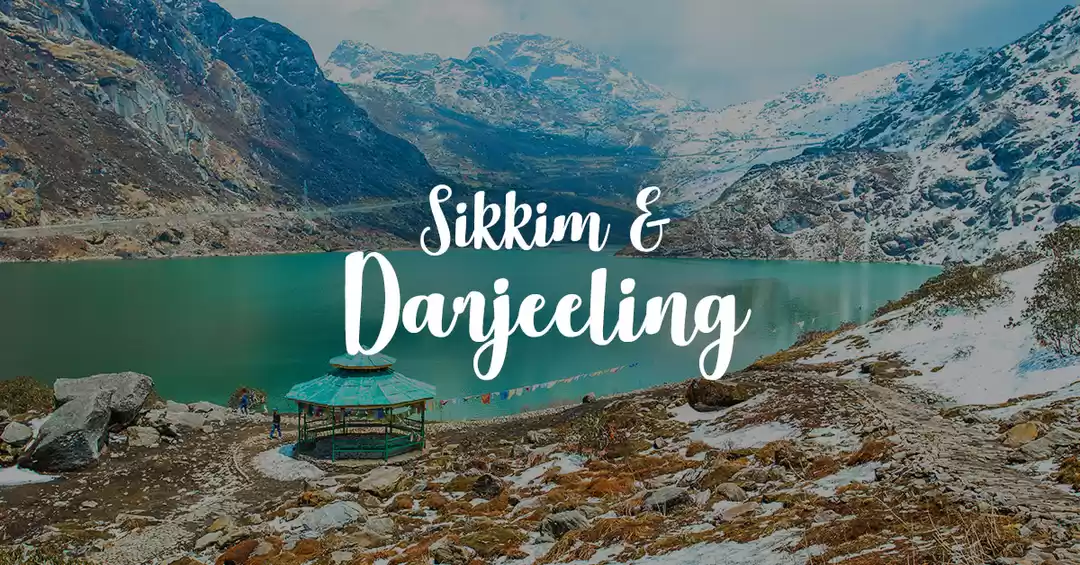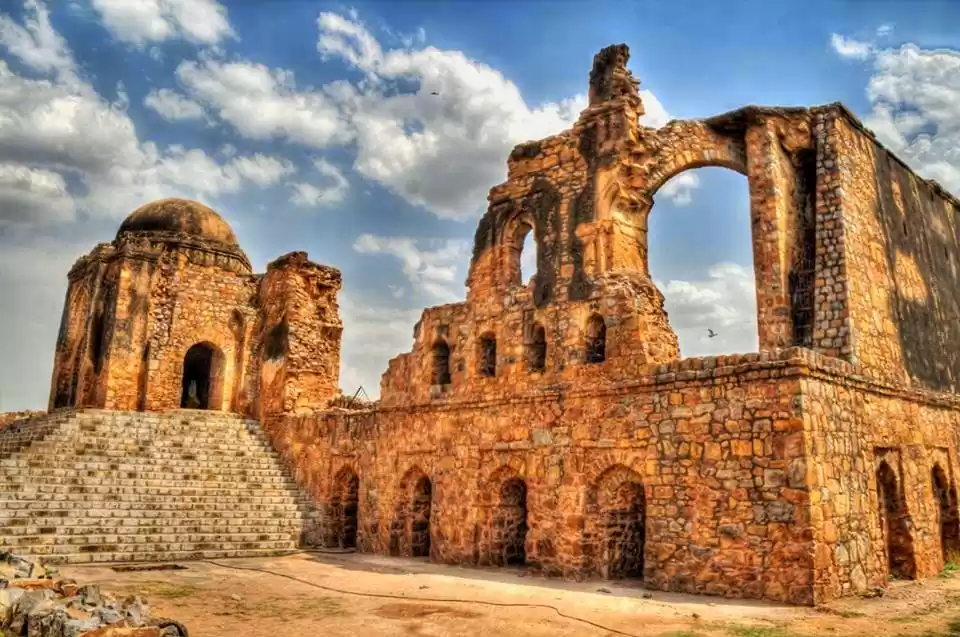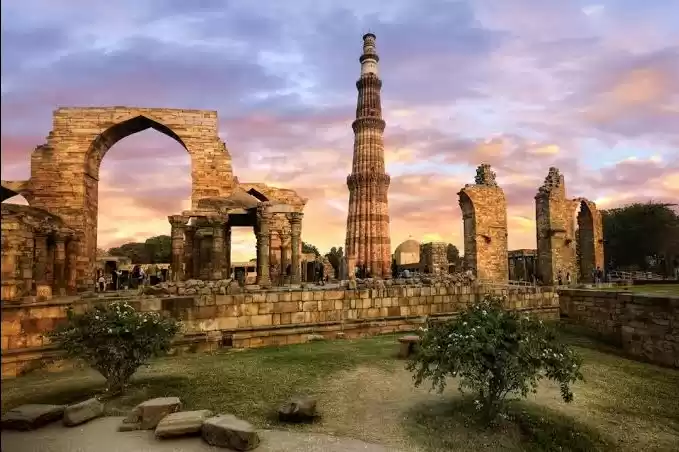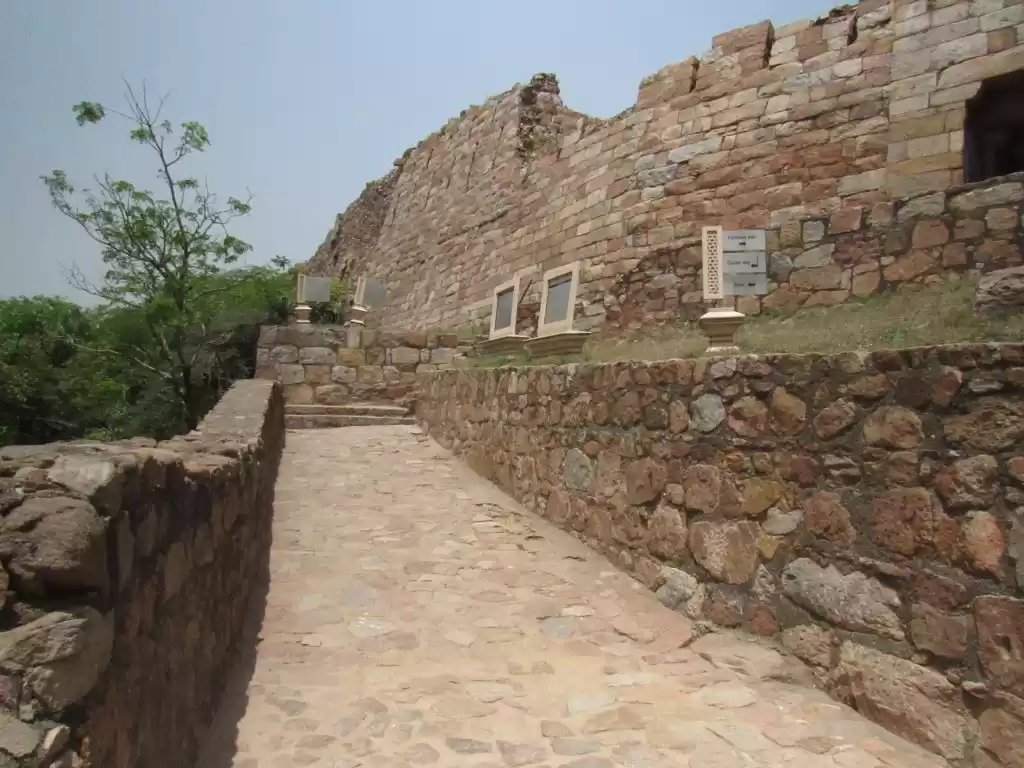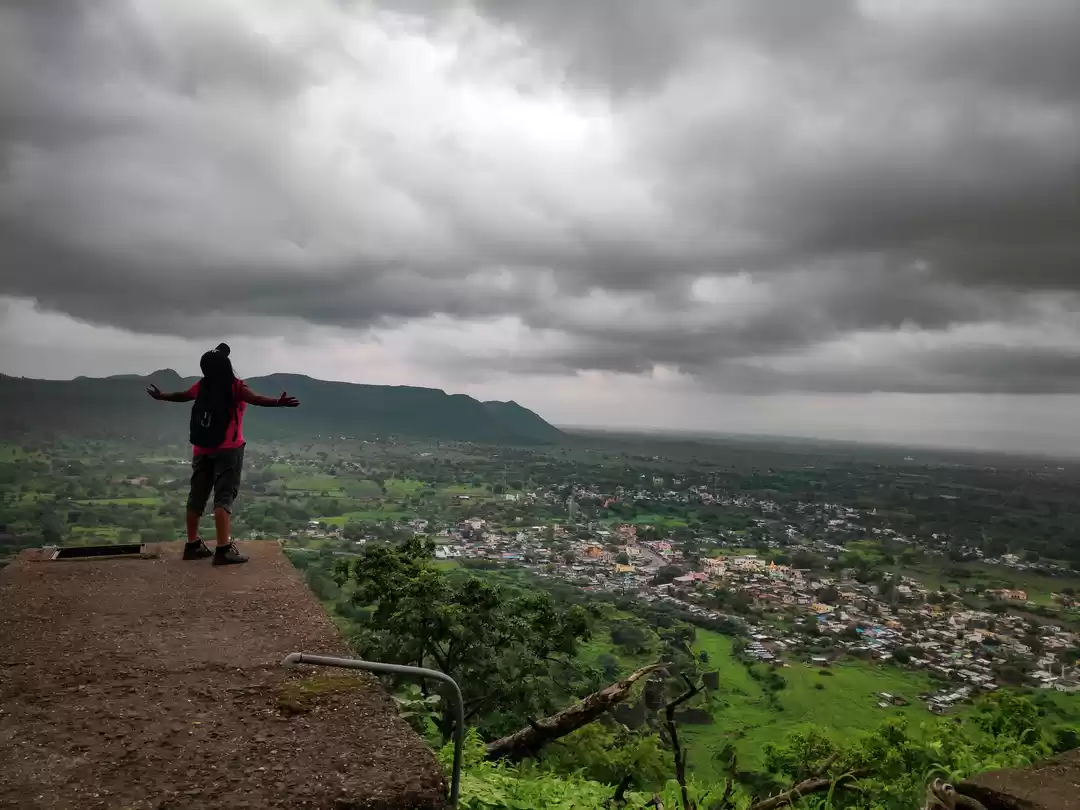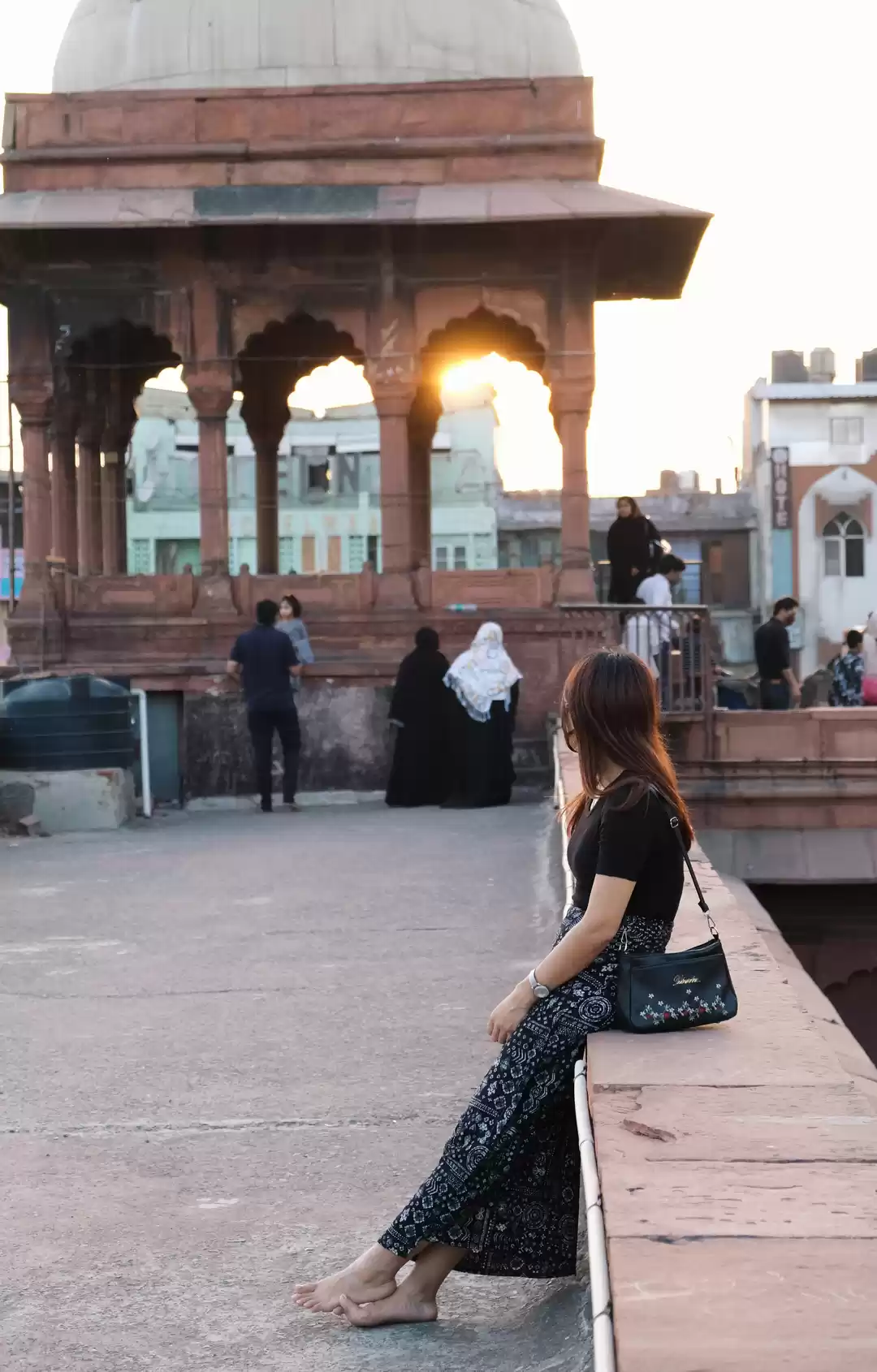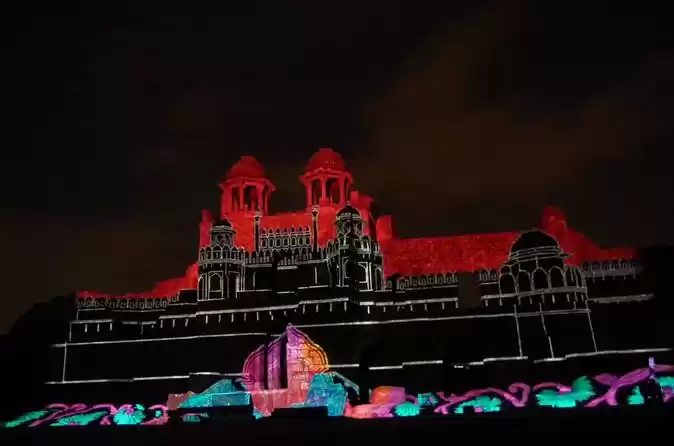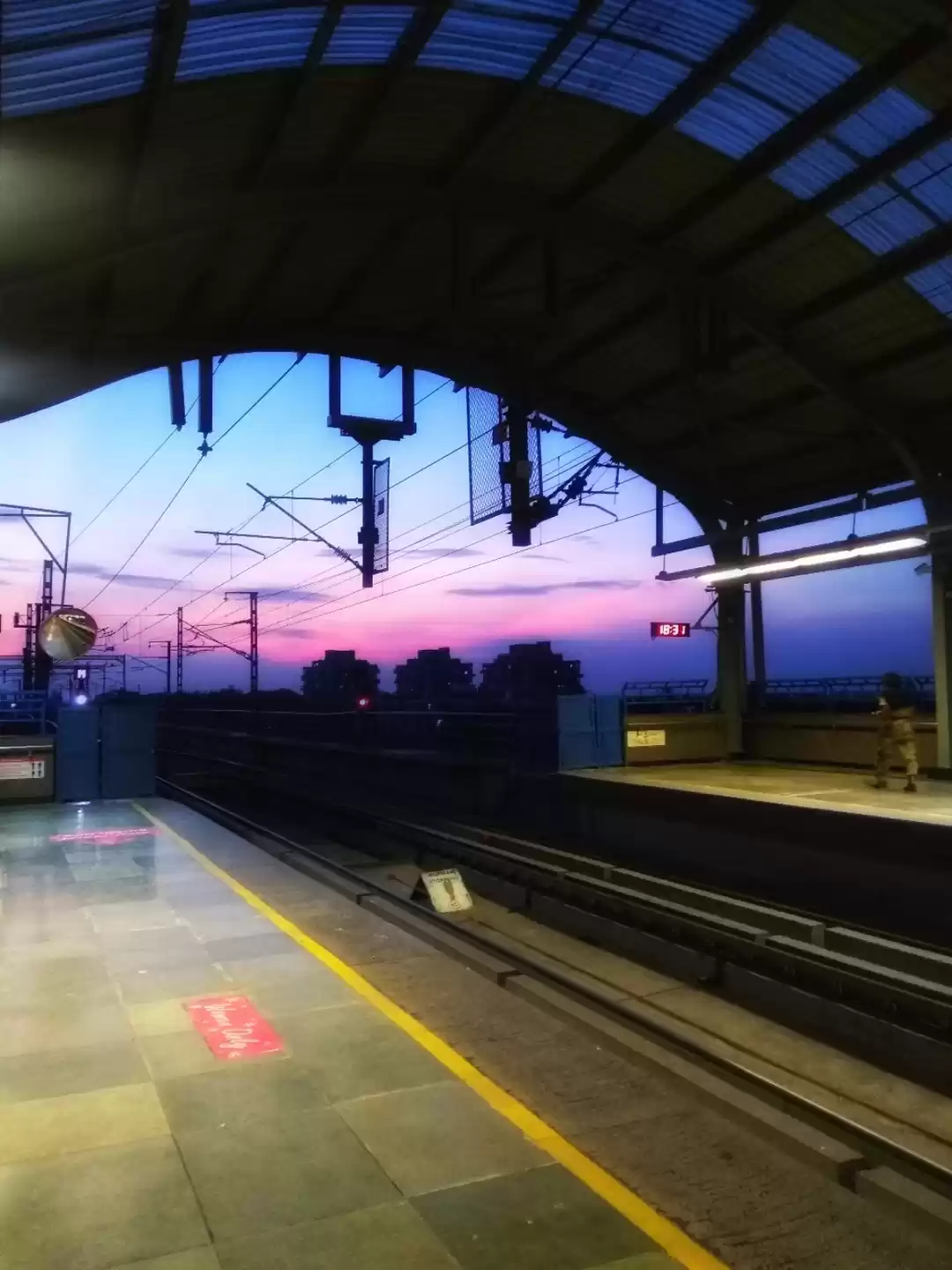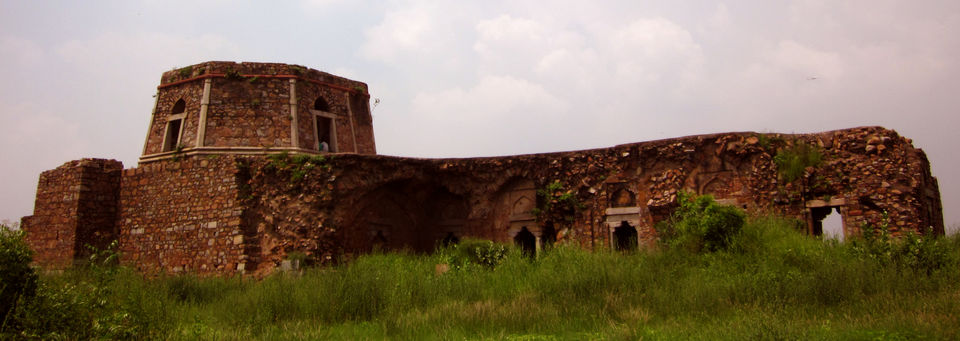
The City of Djinns' as mentioned by William Dalrymple has more secret in it than any other city in the country. The capital of India is situated on the buried history of six previous capital cities. In the first part of my Journey through the narrow lanes of hidden secrets, I went to the fourth capital of Delhi - Jahanpanah.
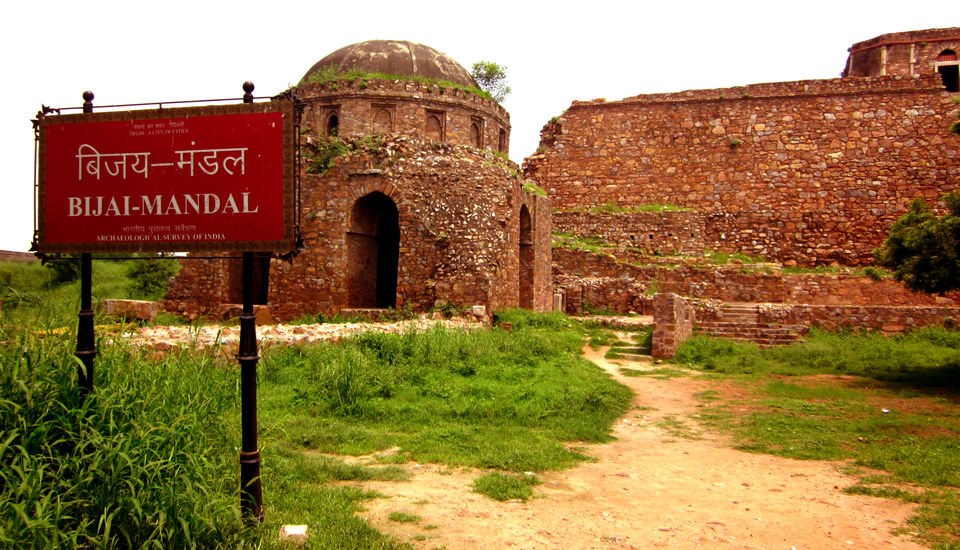
The City of Jahanpanah was built by Muhammad- bin- Tughlaq, the most criticized and talked about Badshah of medieval India. Tughlaq, whose father Ghyasuddin built the Tughlaqabad fort and city was under constant threats from the Mongols. To save his capital from attacks he took a huge project to fortify the entire region including the existing forts of Quila Rai Pithora and Siri.
It is said the fort had 13 gates though at present only a few ruins are standing dictating the glorious past they once had. Muhammad-bin-Tughlaq on an overnight decision shifted his capital to Daulatabad in the Deccan. No historian could confirm if it was cause or result of fall of Jahanpanah.

Only the bricks and mortars of the present day Jahanpanah could narrate the truth could they speak. I always had a fascination about Bin-Tughlaq. It is undoubted that all his enormous decision those are criticised till today were either poorly implemented or their timing was wrong. He was surely a ruler well ahead of his time with a long vision. So I skipped the first three cities of Delhi and started with Jahanpanah - literally meaning the 'Shelter or Refuge of the World'
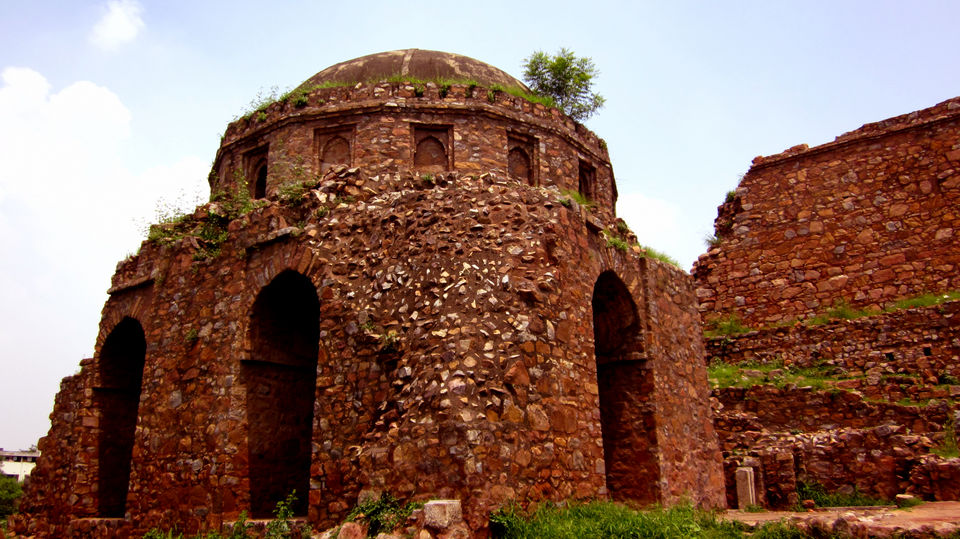
For a lone traveler like me, my DSLR, Eicher Map and a bottle of water are all needed. So I packed my backpack and started. The place is very close to Hauz Khas Metro. Getting off the metro on Outer Ring Road a walk for about 5 minutes ( 600 meters) took me to the place. Unfortunately, the walls that once protected thousands of people in the capital of India are now totally hidden by the present colonies. It is extremely difficult to find the place. The narrow streets across the Begumpur colony finally took me to the place and with a small turn on one corner, the beautiful red walls of Bijay Mandal appeared in front of me.
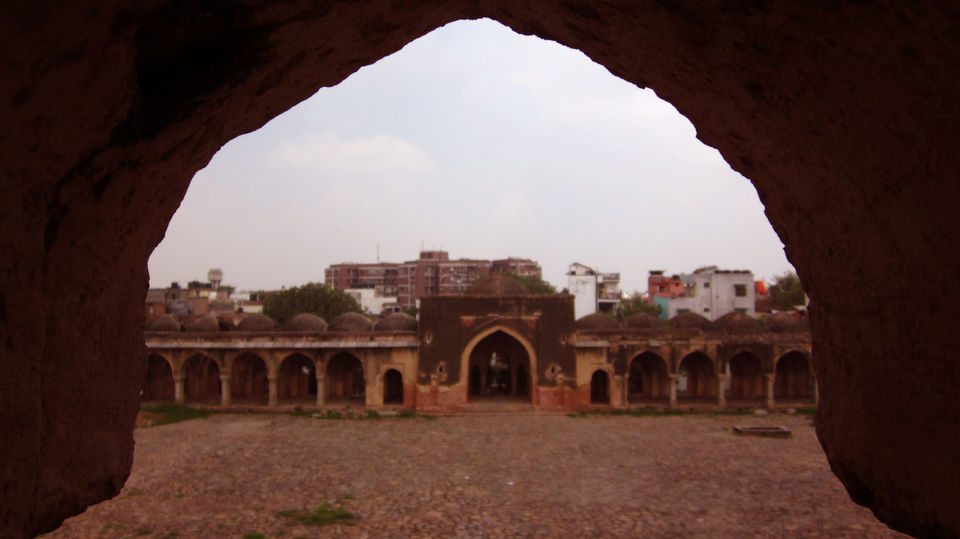
Bijay Mandal was once a big fort complex which said to house the 'Hazar Sutan Mahal' or the palace of thousand pillars - resident of the Badshah of India - Muhammad-bin-Tughlaq. It is absolutely impossible to relate its present situation with its past glory. There is very few visitor and only a few ruins of structure exist today but all bear the mystery and majesty of its past.
Nearby is located Begumpur Masjid, which is said to be the place of worship for the royal family. The masjid is still used by the local people and offer some splendid frames for the photographers. The nicely crafted walls, columns, vaults, capitals are visible at some places and all depict the beauty it once bore. The beautiful square shaped mosque was the city centre in the time of Bin-Tughlaq being the place of worship, socialisation and treasury. The fascinating architecture of the Mosque bears the mark of Tughlaq's love for beauty.
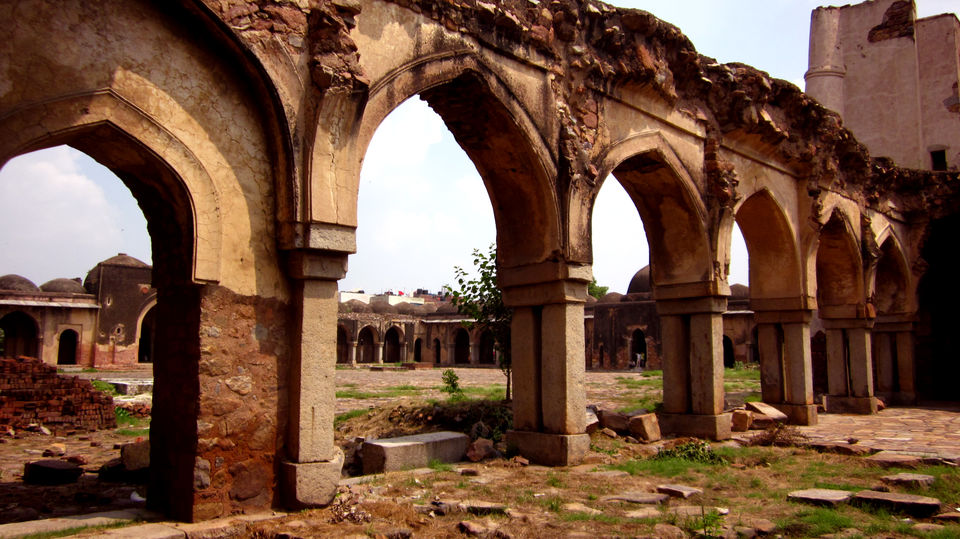
The nearby Lal Gumbad or the Red Dome building should also be visited with it. The red sandstone building which is the tomb of Kabiruddin Auliya is a smaller replica of Ghiyasuddin's tomb located at Tughlaqabad. All these buildings were once part of the fortified city and have become isolated with time.
Kalusarai Masjid, Sarai Shahji Mahal are smaller monuments scattered around the area and the rows of low domes in all the buildings are the typical Tughlaqi style of Architecture.
Just like Bin-Tughlaq, his capital too is full of mystery and untold history. The broken plasters, disjointed bricks and mortars are shouting out the truth covered to us. The place seems to be neglected but any person with an interest in history and past can never ignore visiting this place.
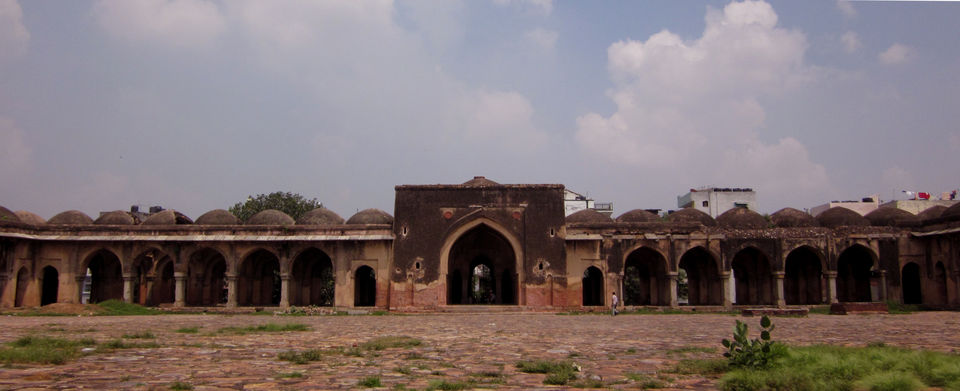
Ibn-Batuta once stayed in this city and Muhammad-bin-Tughlaq lived and died here. With Tughlaq's fascinating administrative and infrastructure skills, it was undoubtedly was the most glorious city in the world at that time. Each and every second spent in the surrounding of those marvelous ruins had been a moment lived with the history. The charm of standing in a place where Ibn-Battuta could have stood or sitting on a stone which could have been touched by Bin-Tughlaq had mesmerized me completely.










